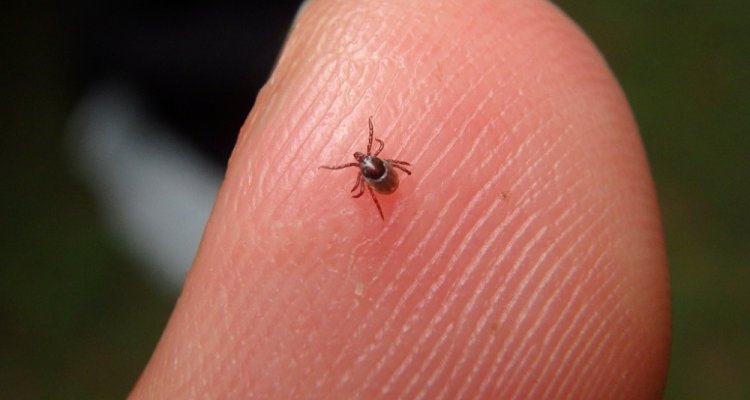
Project
Impuls zoonotic preparedness
The overall objective of the project is to gain a better understanding of the origin, evolution and transmission of viruses in the food chain. We develop genomics tools to detect changes in the genetic make-up of zoonotic viruses and to assess the pathogenic or pandemic potential of viruses circulating in wildlife and food production.
The goal of the project is to develop tools to assess the pathogenic or pandemic potential of viruses circulating in our natural environment and food production domains. The overall objective of the project is to gain a better understanding of the origin, evolution and transmission of a number of virus families representing viruses known to cause respiratory and gastro-intestinal infections, and whose appearance and spread is intimately associated with the food chain. This requires the establishment of a network for virus detection in wildlife, environmental and food production hot spots.
For such, firstly, we need more insight in the transmission routes of zoonotic viruses from (urban) wildlife, livestock, food, feed and waste water to susceptible people and between people, as appropriate. Secondly, we need tools to predict whether evolving mutations can be potentially dangerous for livestock and humans. Thirdly, the metagenomic tools already available within WUR have been developed for DNA microbes or plant RNA viruses. However, the vast majority of zoonotic viruses are RNA viruses generally present in very low abundancy, which pose new challenges with respect to sample preparation, RNA extraction and processing (stability of genetic material), enrichment and evaluation of risks. In this project we tackle these challenges by combining knowledge from four Wageningen domains: WBVR (zoonotic viruses), WEnR (environmental and wildlife genomics), WFSR (foodborne viruses), WPR (plant viruses).